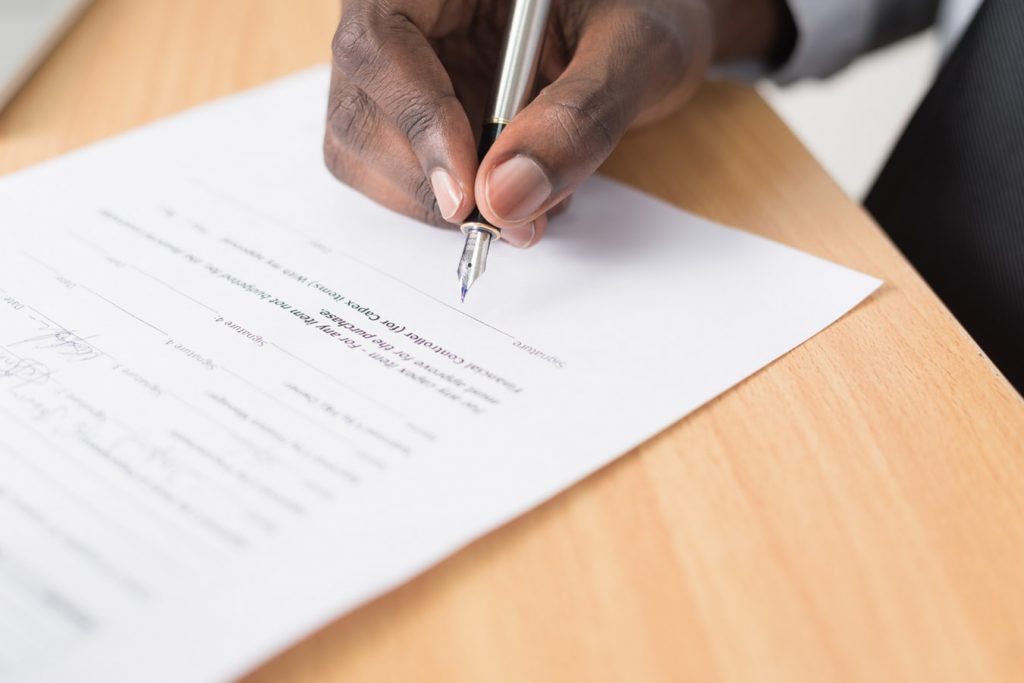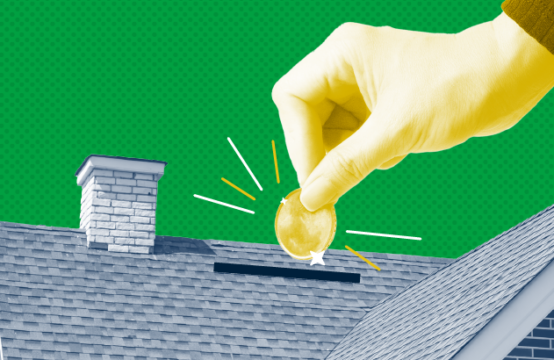What is P&S…

…and what does it mean for you? Read on to find out!
By the time you’ve reached the phase of Purchase and Sale (P&S), you will have received and accepted an offer on your home, which means…it’s time to go to the next step!
During P&S, your attorney and your buyer’s attorney will create the Purchase and Sale agreement–which is a standard document–and attach “riders,” which is a fancy name for additional legal addendums that protect you and the buyer.
Once the P&S document is complete, the buyer will sign it. Usually, your buyer will have submitted an initial deposit (also known as earnest money or good faith deposit) of around $1,000 to you with the offer to purchase. Once the P&S is signed, the buyer will write a check for the remaining balance of the deposit on your home, which is typically around 5% of the purchase price minus the initial deposit.
Next, you’ll sign the P&S to fully execute the document.
If your buyer’s offer included a mortgage contingency, the P&S will hold for the next few weeks until your buyer is able to secure a mortgage. If your buyer isn’t able to do this within the time specified in the offer (generally no more than five weeks), then you have a few options. The buyer’s attorney can ask for an extension on the mortgage contingency, or the buyers can waive their mortgage contingency and proceed with the sale. Or, they can back out, in which case a sale does not happen and the 5% deposit is refunded.
While your buyer is getting approved for a mortgage, you’ll work with your listing agent to address any repairs or changes you agreed to make following the home inspection. You’ll also gather the titles you need and have a fire and carbon monoxide inspection completed by the Fire Department. Your listing agent will also take the final gas and water readings on your home, so that any fees you or your buyer need to pay will be taken into consideration.
Once all of that is done, it’s time for the closing.




